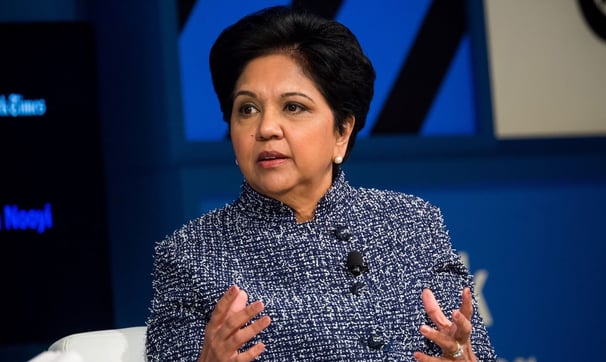
The Impact Of Satya Nadella’s Leadership On Microsoft’s Transformation
In February 2014, Satya Nadella became the third CEO of Microsoft, succeeding Steve Ballmer, who had led the company for 14 years. Nadella took the reins at a crucial moment for Microsoft, as the company was struggling to adapt to the rapidly changing technology landscape and facing increased competition from companies like Apple and Google. Nadella’s leadership over the past several years has been instrumental in Microsoft’s transformation.
Background
When Nadella took over as CEO in 2014, he inherited a company that was struggling to keep up with the fast-changing technology landscape. Microsoft’s core business was still based on selling desktop software like Windows and Office, but consumers and businesses were increasingly moving to mobile devices and cloud-based services. The company’s stock price had remained stagnant for over a decade, and many analysts were questioning Microsoft’s ability to innovate and compete in the new era of technology.
Nadella’s Leadership Style
One of the most significant changes that Nadella brought to Microsoft was a new leadership style. Unlike his predecessor, Steve Ballmer, who was known for his bombastic personality and aggressive management style, Nadella is known for his quiet and thoughtful approach. He is a strong believer in empathy and emotional intelligence, and he has prioritized creating a culture of collaboration and inclusivity at Microsoft.
One of the first things Nadella did when he became CEO was to send an email to all Microsoft employees, outlining his vision for the company’s future. In the email, Nadella emphasized the importance of innovation, customer focus, and a growth mindset. He also spoke about the need to embrace change and to move quickly to adapt to new trends and technologies.
Transformational Initiatives
Under Nadella’s leadership, Microsoft has undertaken several initiatives aimed at transforming the company and positioning it for long-term success. Here are a few examples:
1. Cloud Computing: One of the biggest initiatives that Nadella has championed is Microsoft’s move into cloud computing. Under his leadership, Microsoft has developed Azure, a cloud computing platform that competes with Amazon Web Services and Google Cloud Platform. Azure has been a huge success, with revenue growth of over 50% year over year in the most recent quarter. Microsoft’s cloud business is now a major driver of the company’s overall growth.
2. Cross-Platform Development: Nadella has also focused on making Microsoft’s products available on a wide range of platforms, including iOS and Android. This has involved a significant shift in the company’s approach, as Microsoft had previously been focused on selling its own devices and operating systems. By making its products available on other platforms, Microsoft has been able to reach a much larger audience and remain relevant in the increasingly mobile-centric world.
3. Artificial Intelligence: Nadella has also emphasized the importance of artificial intelligence (AI) to Microsoft’s future success. Microsoft has invested heavily in AI research and development and has developed several AI-powered products, including the virtual assistant Cortana and the chatbot Xiaoice. Nadella has said that he sees AI as a critical technology that will transform many industries in the coming years, and he wants Microsoft to be at the forefront of this transformation.
4. Acquisition of LinkedIn: In 2016, Microsoft announced its acquisition of LinkedIn, the world’s largest professional networking site. The acquisition was a major strategic move for Microsoft, as it allowed the company to expand its presence in the social networking space and tap into LinkedIn’s vast user base. Since the acquisition, Microsoft has integrated LinkedIn into many of its products and services, including Office 365 and Dynamics 365.
5. Open Source: Another initiative that Nadella has championed is Microsoft’s embrace of open-source software. Historically, Microsoft had been known for its proprietary software and had been seen as hostile to the open-source community. Under Nadella’s leadership, however, Microsoft has become a major contributor to open-source projects and has released several of its own products as open-source software. This has helped to build goodwill among developers and has positioned Microsoft as a more collaborative and open company.
Results
Nadella’s leadership has had a significant impact on Microsoft’s performance over the past several years. Since he became CEO, Microsoft’s stock price has more than tripled, and the company’s market capitalization has grown by over $1 trillion. Microsoft is now one of the most valuable companies in the world, and it has been recognized as one of the most innovative companies in the tech industry.
Microsoft’s financial performance has also improved under Nadella’s leadership. In the most recent quarter, the company reported revenue of $43.1 billion, an increase of 22% year over year. Much of this growth was driven by the company’s cloud business, which has become a major source of revenue for Microsoft.
In addition to its financial success, Microsoft has also received recognition for its corporate culture under Nadella’s leadership. The company has been ranked as one of the best places to work in the tech industry, and Nadella has been praised for his emphasis on empathy and inclusivity.



